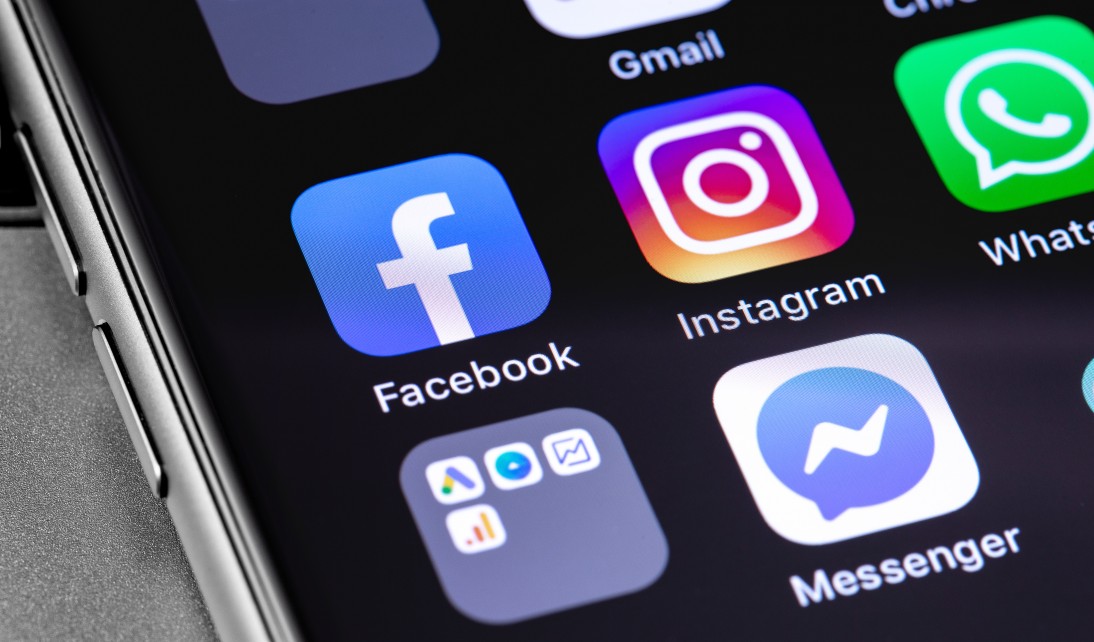A
A
A
Now, this is not something you see every day, but all three of Facebook’s biggest platforms are down right now. Facebook, Instagram, and WhatsApp are all inaccessible at the moment, which isn’t just an inconvenience for users who can’t log in to post their holiday photos, it’s also a huge security concern. This piece will discuss all the possible reasons why Facebook, Instagram, and WhatsApp are all down right now.
1. A Hack?
The first reason why Facebook, Instagram, and WhatsApp might be down is due to a hack. We doubt that this is the case as it seems unusual for all three platforms to suffer at once, but let’s go over some of the ways hackers could target these services. The most obvious route would be through user data – if any data were breached, that would be the end of it, and users’ accounts could easily end up hijacked or compromised by cybercriminals. There are also possibilities such as DDoS attacks, which aim to overwhelm servers with traffic until they eventually crash under strain; this option makes more sense than a singular user-based breach. If one account were hacked, it wouldn’t bring all three major social media networks offline. Hackers also target these platforms to get attention for an upcoming product, whether their own or someone else’s. If a new hacking tool could do irreversible damage, then this would be the platform of choice to announce it on. Maybe that’s just our paranoia, though.
Read More »
2. Technical Difficulties Another possibility is that this is a server-side issue. The problem could be on Facebook’s end, Instagram’s end, or WhatsApp’s end. We don’t know! If it was a technical difficulty, it would probably affect other platforms too, but these three are the only ones suffering. We hope for the sake of Facebook’s pockets that it’s not a server-side problem as such issues cost huge amounts in downtime and lag.
3. Malicious Intent
Since the issue is server-side, it could be that something malicious has just kicked off. We know that Facebook recently had some issues with spammers on its pages, which caused spam posts to go viral and generate false engagement numbers for companies. This meant their advertising rates went up as the posts were seen as popular, so more people clicked on them – but once users found out about the ruse, they started flagging these bad actors, and Facebook duly suspended their accounts. If a similar thing happened here, then maybe many users reported a page or post at once, which brought down all three social media platforms because the servers couldn’t handle the pressure – after all, they aren’t used to being overloaded like this.
4. A Distributed Denial of Service Attack (DDoS)
It is now possible for cybercriminals to launch a DDoS attack on just about any platform that they choose. Utilizing resources worldwide, DDoS attacks are becoming more common as criminals are using them to extort companies into paying up or experiencing service issues until they pay up or close their exposure. Companies often find out about the attacks only when it’s too late, having no real defense against them. In a DDoS attack, criminals use compromised computer systems worldwide to send multiple requests from different sources in an effort to overwhelm servers and bring down websites or services until they pay up or fix any vulnerabilities that have been exploited.
So what can you do if you get hit by a DDoS? As mentioned above, many companies wait for the problem to go away and then patch their system. Unfortunately, this isn’t enough, as we often see how breaches continue even after the company thought they fixed the problem. We work with companies across all sectors and see this happen more than we like.
5. A Ransomware Attack
Another possibility is that the issue is related to a ransomware/malware attack. With the rise of these attacks and their growing success, we expect that more and more cybercriminals will be moving away from targeting individuals and instead move towards organizations as they can make far more money by holding companies for ransom. Typically, after infecting a computer system with ransomware (by email attachment or drive-by download), the virus encrypts all files on the machine, making them useless – unless you pay up! Once payment is received, criminals send over an unencrypted version of the file so users can access them again. If this were a targeted attack against Facebook, then it would be similar: criminals could have encrypted your data, and if Facebook doesn’t pay up in time, then your account, messages, and all other personal information would be inaccessible.
This has already been done to a US-based hospital that refused to pay up, resulting in the cancellation of surgeries as its systems went down completely! We may not have seen something like this on such a huge scale just yet, but it’s certainly possible. Only time will tell.
6. A Major Security Flaw
It could also be that a major security flaw has recently been found in one or more of these platforms, and cybercriminals are attempting to exploit it before Facebook can shut down the vulnerability. With over 1.4 billion users between their three main social media platforms, there is no shortage of targets for cybercriminals. Last month we saw a flaw in WhatsApp that could have allowed attackers to crash devices and intercept and read messages.
7. Other Reasons Why All Three Might Be Down
Finally, there might be another reason why all three platforms are down – it’s nothing to do with a cybercriminal attack or an update glitch but rather a coincidence where the load has been at record highs due to events such as the World Cup or one of its many social media influencers going viral, so more people than ever have been using the platform resulting in overload. Of course, this is just speculation from us here at Olevia, but it sounds feasible.
In conclusion, we aren’t 100% sure what is causing all three platforms to go down, but we know that cybercriminals are increasing in number and evolving their strategies daily. If these 3 social media giants didn’t prepare for such an attack, they could all be at risk.






